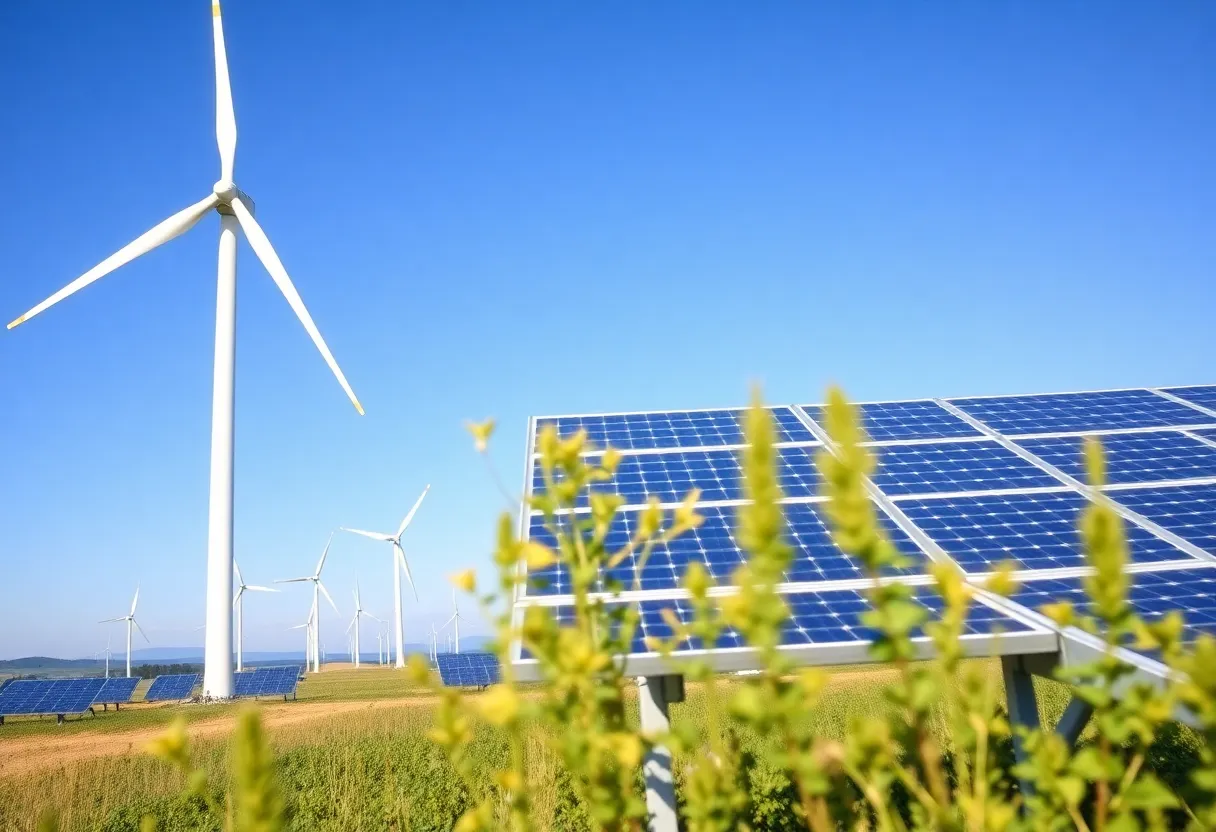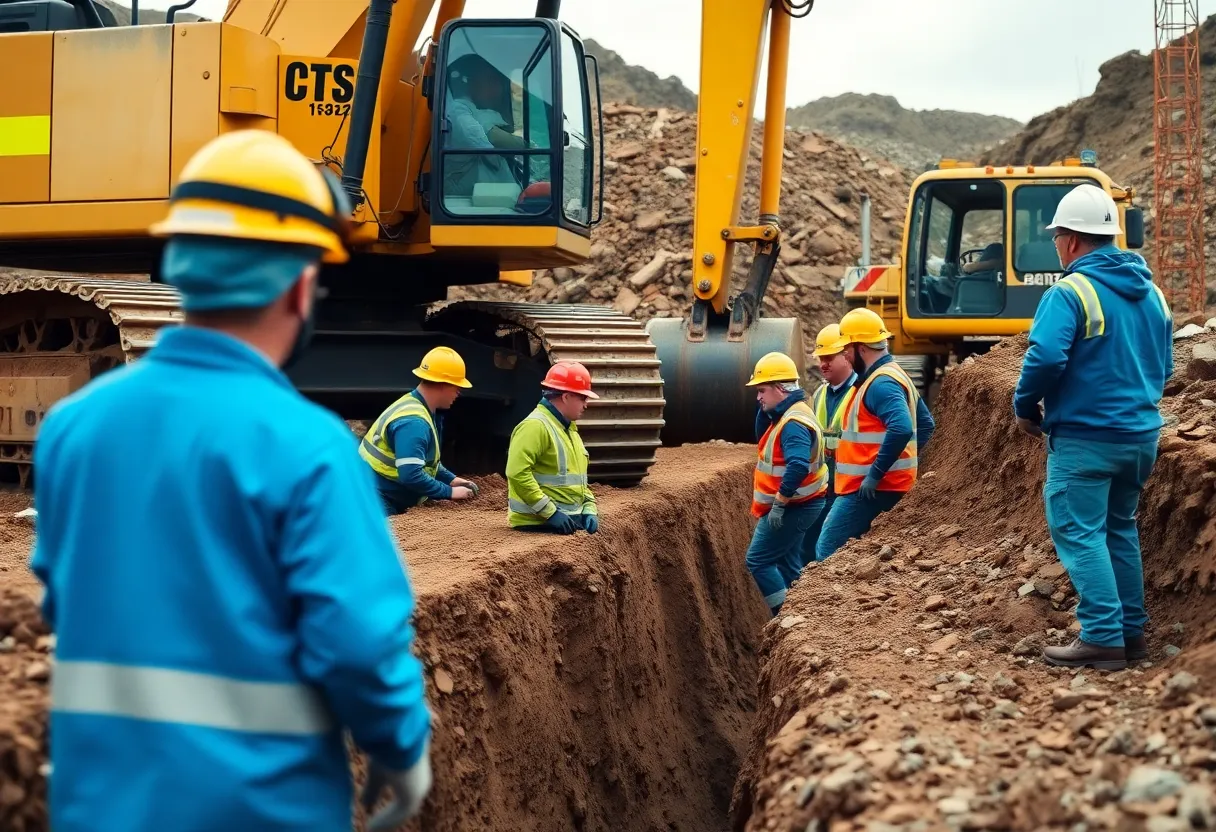News Summary
The Department of Treasury and the IRS have announced new regulations for wind and solar energy facilities under the Tech-Neutral Tax Credits. These changes redefine ‘beginning construction’ and eliminate the 5% Safe Harbor option, focusing on substantial physical construction activities. Although some provisions allow existing projects to keep prior qualifications, the new guidelines are viewed as more restrictive. Industry leaders express concerns over the potential impact on renewable energy development and electricity costs, amidst ongoing debates within the Republican party regarding oversight on tax incentives.
Washington, D.C. — On August 15, 2025, the Department of Treasury and the IRS announced new regulations for wind and solar energy facilities under Sections 45Y and 48E, known as the Tech-Neutral Tax Credits, as outlined in IRS Notice 2025-42. This guidance comes in response to an executive order signed by President Donald Trump on July 7, 2025, aimed at phasing out subsidies for foreign-controlled and unreliable energy sources.
The new regulations specifically define what constitutes “beginning construction” for both wind and solar facilities, establishing July 4, 2026, as the construction deadline to qualify for tax credits. The One Big Beautiful Bill, passed in July 2025, has set a definitive end to tax credits for facilities that start service after December 31, 2027, unless they commence construction by the newly established deadline.
One of the most significant changes in the new guidance is the removal of the 5% Safe Harbor option, which previously permitted wind and solar facilities to claim tax credits by showing a monetary investment of at least 5% in their projects. This criterion has been eliminated, and the focus now shifts to a larger emphasis on physical construction activities, which must be of significant nature. The Physical Work Test remains acceptable and can be satisfied through onsite activities or offsite work conducted under binding contracts, including the manufacturing of equipment.
For projects that begin construction on or after September 2, 2025, the new rules apply, although projects that qualified under the previous 5% Safe Harbor before this date will still retain that qualification. Additionally, solar facilities that have a maximum output of less than 1.5 megawatts can continue to use the 5% Safe Harbor.
Despite these provisions, the updated guidance is perceived as more restrictive in nature compared to previous standards, which allowed for a more lenient interpretation of what constituted a significant beginning of construction. Under the new rules, activities such as site surveys and test drilling no longer qualify as acceptable physical work. The IRS has also maintained the Continuity Safe Harbor, which stipulates that a facility placed in service within four years after its construction begins will meet the continuity requirements, although clear documentation of construction activities is advisable.
The renewable energy sector has raised concerns over these new regulations, arguing that they may hinder the development of low-carbon energy sources and potentially increase electricity costs for consumers. Industry advocates have criticized the guidance for presenting additional hurdles for wind and solar projects, suggesting that it undermines previously established standards that were negotiated during the legislative process.
The changes are seen as a reflection of the ongoing tensions within the Republican party, particularly between moderate members and conservative factions, who have pushed for stricter oversight on renewable energy tax incentives. Nevertheless, some key figures, such as Senator Chuck Grassley, have expressed satisfaction with the new guidelines, indicating that they provide the renewable energy industry with a pathway to sufficiently meet growing energy demands.
The IRS guidance reinforces a stringent interpretation of what constitutes as beginning construction, placing emphasis on demonstrable ongoing construction activities for projects to avail themselves of tax credits under the new regulations. Stakeholders in the renewable energy sector, however, remain watchful of these changes and their implications for future projects, as the July 2026 deadline approaches.
Deeper Dive: News & Info About This Topic
HERE Resources
How to Enhance Your Home’s Energy Efficiency: Smart Upgrades for Every Homeowner
How to Boost Energy Efficiency in Your Home: Practical Tips for Every Homeowner
Additional Resources
- The Hill: Treasury Guidance on Wind and Solar Tax Credits
- Utility Dive: Treasury Commence Construction for Wind and Solar Tax Credits
- Wall Street Journal: European Renewable Stocks Rise After U.S. Tax Credit Guidance
- Recharge News: Wind Power Stocks Surge After U.S. Tax Credit Specification
- Politico Pro: Treasury Reportedly Tightens Screws on Tax Credits for Renewables
Author: STAFF HERE CLEVELAND WRITER
CLEVELAND STAFF WRITER The CLEVELAND STAFF WRITER represents the experienced team at HERECleveland.com, your go-to source for actionable local news and information in Cleveland, Cuyahoga County, and beyond. Specializing in "news you can use," we cover essential topics like product reviews for personal and business needs, local business directories, politics, real estate trends, neighborhood insights, and state news affecting the area—with deep expertise drawn from years of dedicated reporting and strong community input, including local press releases and business updates. We deliver top reporting on high-value events such as the Cleveland International Film Festival, Rock & Roll Hall of Fame Induction Ceremony, and the Cleveland Air Show. Our coverage extends to key organizations like the Greater Cleveland Partnership and Destination Cleveland, plus leading businesses in manufacturing and healthcare that power the local economy such as Cleveland Clinic and Sherwin-Williams. As part of the broader HERE network, we provide comprehensive, credible insights into Ohio's dynamic landscape.





